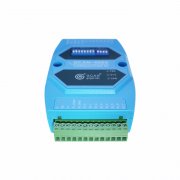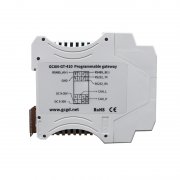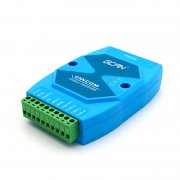Automobile CAN bus troubleshooting part I
As a vehicle control and data transmission system, the failure of CAN bus will produce serious consequences.How to check the fault of car CAN bus has been discussed by engineers.
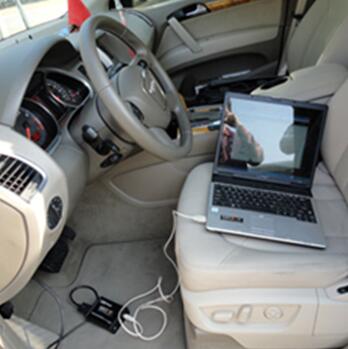
1. Measurement of terminal resistance value
During the measurement of resistance value, attention should be paid to:Disconnect the battery and wait about five minutes.Do not measure until all capacitors in the system have been discharged, because the resistance inside the control unit varies.
The two control units with terminal resistance are in parallel. When the resistance of a single terminal is about 120 Ω and the total value is about 60 Ω, it can be judged that the terminal resistance is normal, but the total resistance is not necessarily 60 Ω, and its corresponding resistance value depends on the structure of the bus, such as SG2, SG3 internal resistance, therefore, we CAN measure the total resistance, the resistance with a terminal control unit to plug pulled, observe whether the total resistance changes to judge fault, when pulling the next control unit with a resistor plug after measuring the resistance has not changed, the existed problems in the system, unplug the control unit of the resistance may be damaged or CAN - BUS trip.
2. measurement of voltage
(1) the voltage of can-l to ground of pt-can is about 2.4v and can-h· voltage to ground is about 2.6v;
(2) the voltage of can-l to ground of k-can is about 4.8v, and that of can-h to ground is about 0.2v.
These approximate values may vary by approximately 100 mV depending on the bus load
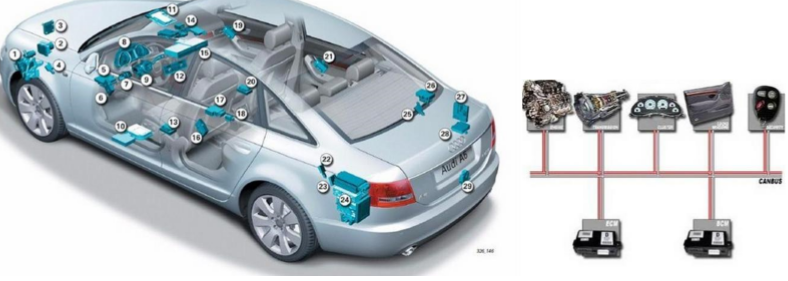
OBD data decoder is a CAN bus analyzer specially developed by our company for automotive electronics development, diagnosis, analysis and decoding users.OBD data decoder CAN use ECAN Tools, CAN Test, CAN Pro and other software, with the functions of data sending and receiving, data saving, data statistics, filtering shielding, sending files, data triggering, DBC loading analysis, standard protocol analysis, drawing graph curve and so on.

1. Measurement of terminal resistance value
During the measurement of resistance value, attention should be paid to:Disconnect the battery and wait about five minutes.Do not measure until all capacitors in the system have been discharged, because the resistance inside the control unit varies.
The two control units with terminal resistance are in parallel. When the resistance of a single terminal is about 120 Ω and the total value is about 60 Ω, it can be judged that the terminal resistance is normal, but the total resistance is not necessarily 60 Ω, and its corresponding resistance value depends on the structure of the bus, such as SG2, SG3 internal resistance, therefore, we CAN measure the total resistance, the resistance with a terminal control unit to plug pulled, observe whether the total resistance changes to judge fault, when pulling the next control unit with a resistor plug after measuring the resistance has not changed, the existed problems in the system, unplug the control unit of the resistance may be damaged or CAN - BUS trip.
2. measurement of voltage
(1) the voltage of can-l to ground of pt-can is about 2.4v and can-h· voltage to ground is about 2.6v;
(2) the voltage of can-l to ground of k-can is about 4.8v, and that of can-h to ground is about 0.2v.
These approximate values may vary by approximately 100 mV depending on the bus load

OBD data decoder is a CAN bus analyzer specially developed by our company for automotive electronics development, diagnosis, analysis and decoding users.OBD data decoder CAN use ECAN Tools, CAN Test, CAN Pro and other software, with the functions of data sending and receiving, data saving, data statistics, filtering shielding, sending files, data triggering, DBC loading analysis, standard protocol analysis, drawing graph curve and so on.


